10 80s Gadgets Millennials Probably Don’t Know How to Use
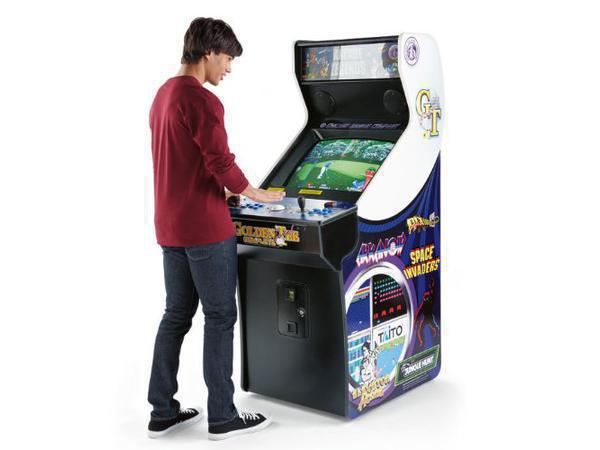
The 80s was a time where "portable" was not exactly portable and things were not as efficient as they are now.
For example, the rotary phones had no speed dial or redial buttons (*gasp*). Here we revisit some of the gadgets and gizmos most millennials probably don't know how to use (no offense).
"Pocket-sized" Cameras with 110 Film Cartridges
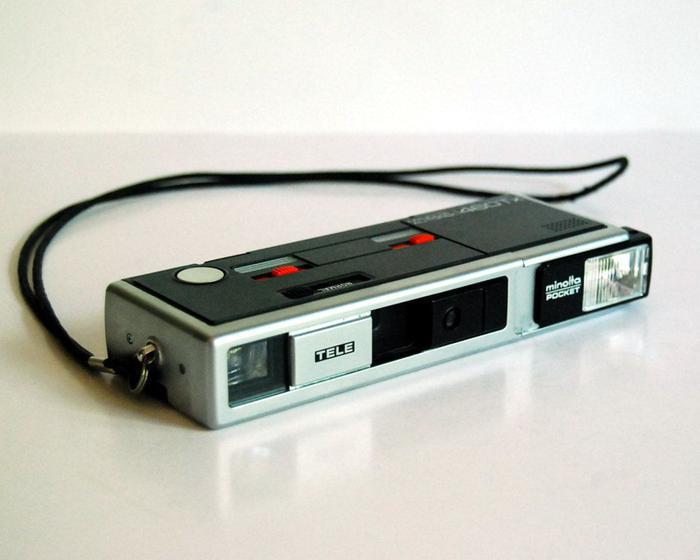
Some of you probably know how to use 35mm film cartridges -- those tiny barrel-like camera films. But I’m betting you don’t know how to use a 110 film cartridge, or even know that these used to exist.
The 110 film cartridge (yes, only used for still photography – no videos) was introduced by Kodak in 1972. It was the perfect cartridge for “pocket-sized” cameras (I wonder how big their pockets were). The film only allowed for 12, 24 or 36 shots. And you’d have to get them developed for about a few days (or a week) before you see the pictures.
Sony's Walkman
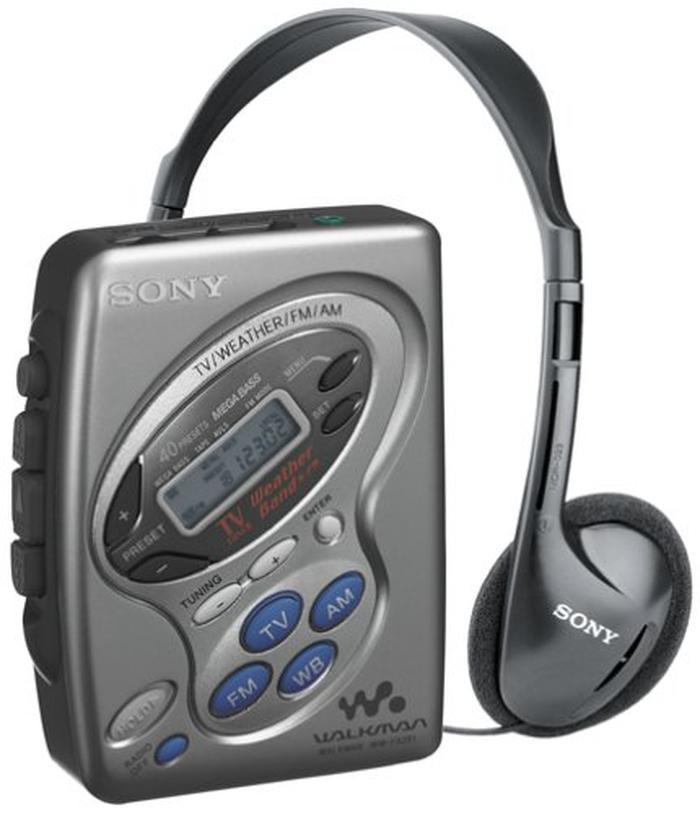
Before Sony’s Discman CD player, before iPods or mobile phones, Sony Walkman ruled the mobile music scene. You don’t know what it is? Remember that large thing Star-Lord lugged around that played music – that was it. It only allowed for one cassette tape at a time (probably 10 songs stored in Side A and 10 more in Side B). And it used batteries – no USB charging folks.
Water Game
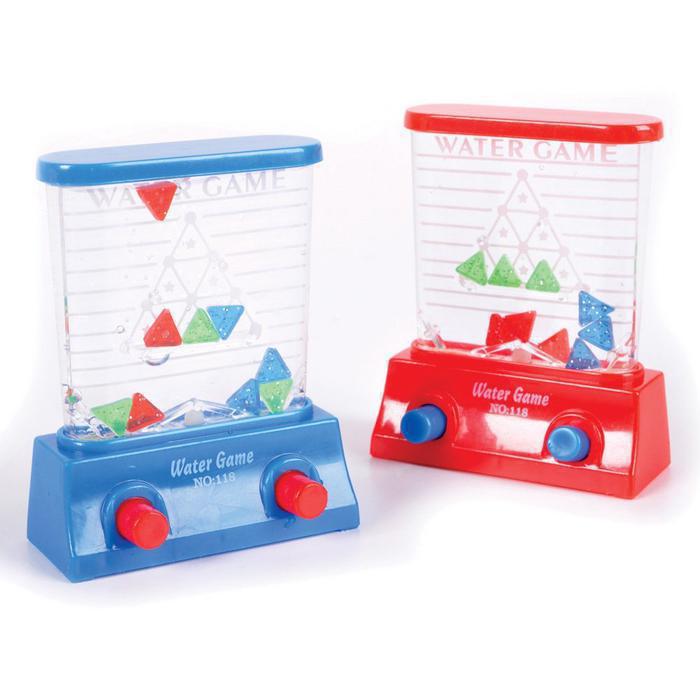
Ok, you probably know how to use this given that it’s so simple, with just a couple of buttons. Pressing the buttons releases pressure that allows you to manipulate the little triangles inside the clear plastic container. Dumb? Yeah, maybe. But was it fun? For sure!
The View-Master
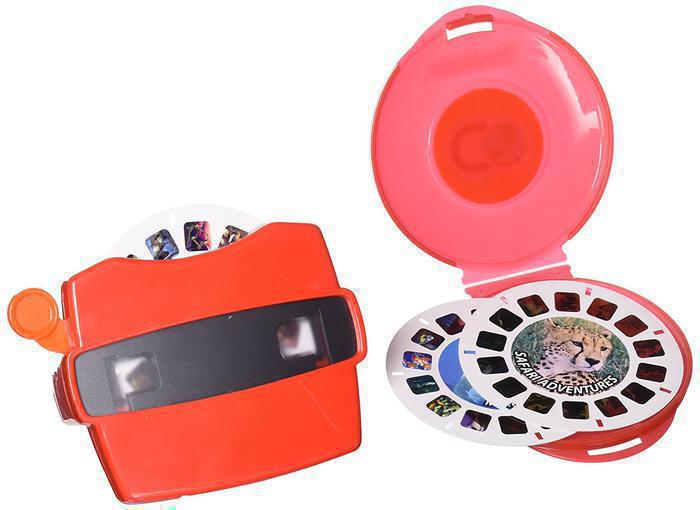
Before Virtual Reality, before portable DVDs, before tablets and mobile phones, the 80s kids had View-Master. The View-Master had cardboard-thin reels which contain stereoscopic 3D pairs of photographs on film (yes, giving a 3D illusion). You would be able to watch 3D still images of Disney movies, Superman, and whatever was available. You would have to buy the reels though and they didn’t come cheap.
The Boombox
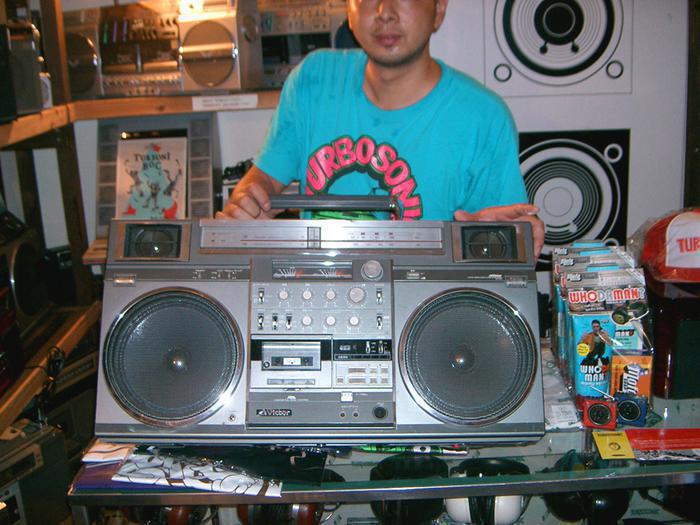
Can you imagine lugging this thing around? Yet, the boombox was already considered a “portable” music player in the 80s. It had a carrying handle, of course, for portability. It can play AM/FM and had a built-in cassette player. They were powered by batteries (again for portability). The boombox eventually evolved to play CDs too.
It looks ridiculous, but there was a time when all the cool kids were hoisting this thing over their shoulders.
Floppy Disks
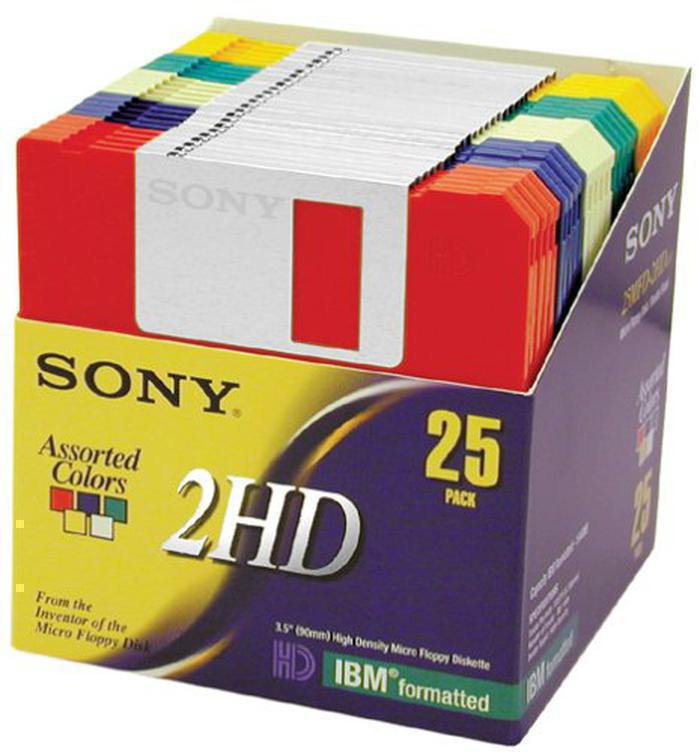
Oh floppy disks. Before the cloud, or flash drive, or other portable storage devices that we take for granted, 5-inch floppy disks were king, until their younger sibling, the 3.5-inch disk, came along anyway.
They were not compact. You can’t even put them in the back pocket of your jeans. Aaaaand, the 3.5 inch disk only had a storage capacity of 150/200 MB, while the 5-inch floppy can store up to 10 MB. Sad, huh?
Nintendo Family Computer
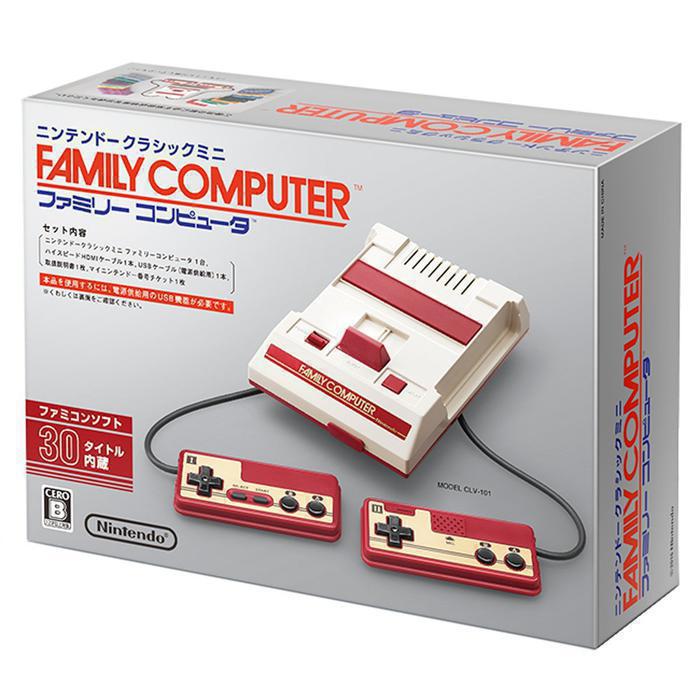
The Nintendo Entertainment System released the Family Computer – better known as “computer” in my hood, which later created confusion when we were eventually required to learn how to use personal computers in school.
It was a home video game console that allows for a maximum of two players. The controllers weren’t wireless, mind you, and you would have to stand near the console the whole time.
You would have to buy the cartridge separately too. One cartridge for one game. Eventually 2-in-1, or 8-in-1 games emerged – so 1 cartridge can now allow you to choose from 8 different games. Yay.
If the game went haywire, just take out the cartridge, slap it on your palm or blow on it, then insert it into the console again.
Betamax and VHS Players
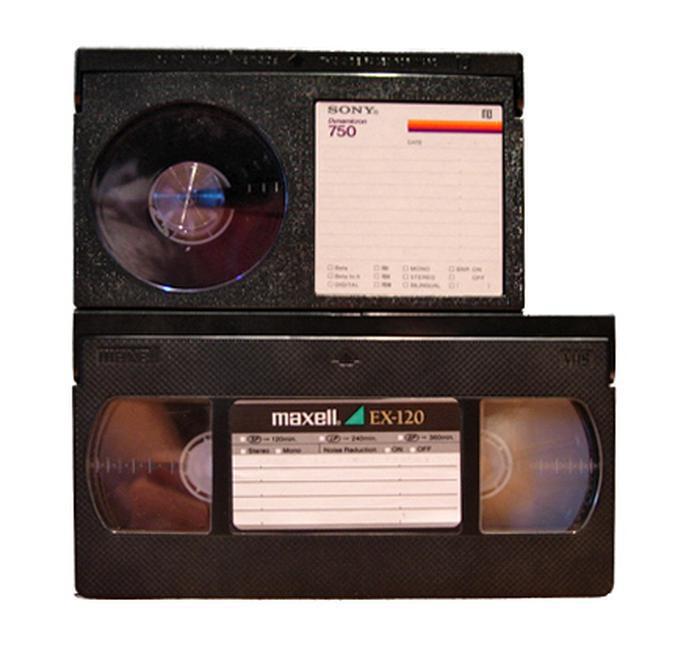
Did you know that there was a videotape format war in the 1980s? I didn’t either. Apparently there was: Betamax vs Video Home System (VHS) headlined it. Both were consumer videocassette recorders (VCRs) and to play it, one had to have a videocassette player – either Betamax or VHS players.
The Betamax and VHS players were far from handy – 10 times the size of HD media players today. Rewinding and forwarding was tedious, which brings me to my next item...
Betamax and VHS Rewinders
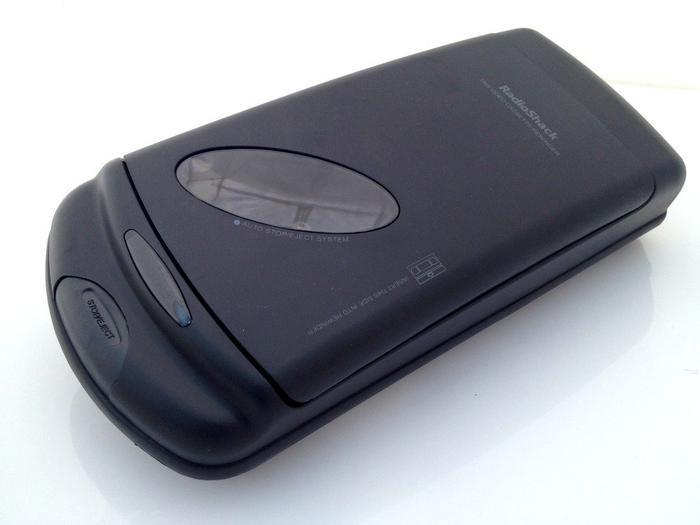
Since the VCRs were said to make kinks in the tapes which could corrupt the file after repeated rewinds, the rewinder was created.
Rewinding using this device was smooth and a lot faster.
Rotary Dial Phone
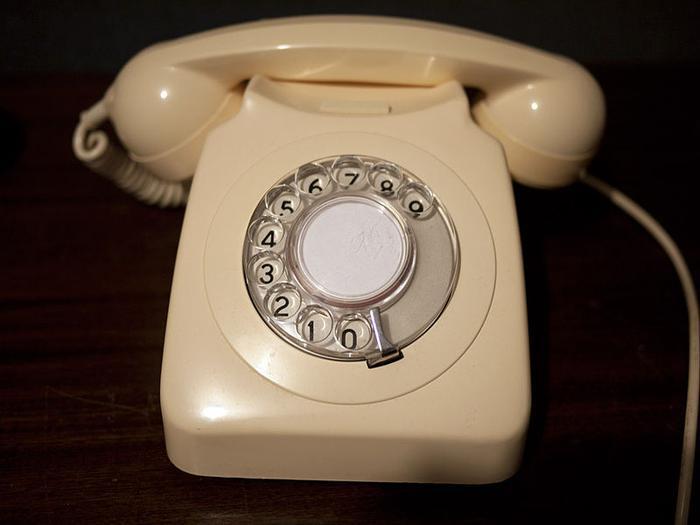
“Do you press the little rings? Does it run on voice command? What is this?” some of you might wonder. This is a rotary dial telephone.
On the rotary dial (that circular thing with numbers), the numbers are arranged in a circle. If you want to call someone, position your finger on the little hole where that number is. Then rotate clockwise until your finger reaches the finger stop – that metal mechanical barrier that prevents further rotation. Repeat until you dial all 7 digits.
If the line is busy, repeat the whole thing – there is no speed dial, no redial. So, boy, was the world happy when push button dials came out.









